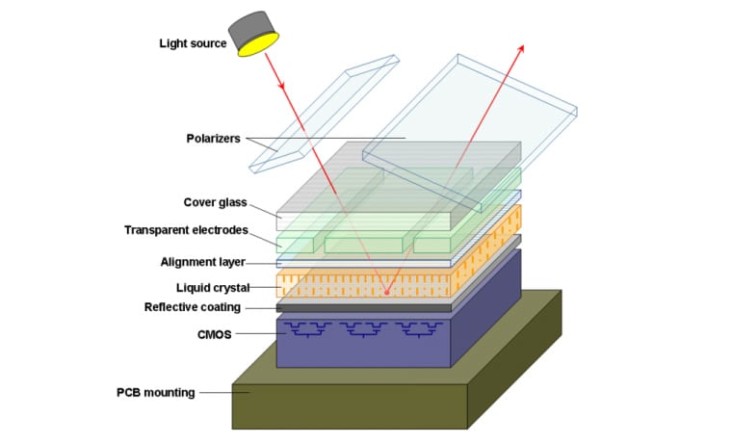- Home
- All Reviews
- By Category
- By Manufacturer
- Best Projectors
- Best Projectors By Category
- Best Projectors On Amazon
- Best 4K Projectors
- Best Ultra Short Throw Projectors
- Best Laser TVs
- Best Gaming Projectors
- Best Home Theater Projectors
- Best Projectors Under $1,000
- Best Projectors Under $500
- Best Portable Projectors
- Best Outdoor Projectors
- Best Bright Budget-Friendly Outdoor Projectors
- Best Battery Powered Outdoor Projectors
- Best Outdoor Projection Screens
- Industry News
- Reports
- Projector Manufacturers
- Manufacturer Terminology
- Manufacturers
- Recent Articles
- Custom Integration
- Projection Terms
- Projector Manufacturers Categories
- Videos
- Blog
Close
Menu
- All Reviews
- By Category
- By Manufacturer
- Best Projectors By Category
- Best Projectors On Amazon
- Best 4K Projectors
- Best Ultra Short Throw Projectors
- Best Laser TVs
- Best Gaming Projectors
- Best Home Theater Projectors
- Best Projectors Under $1,000
- Best Projectors Under $500
- Best Portable Projectors
- Best Outdoor Projectors
- Best Bright Budget-Friendly Outdoor Projectors
- Best Battery Powered Outdoor Projectors
- Best Outdoor Projection Screens
- Latest News
- Reports & Guides
- Manufacturers
- Articles
- Custom Integration
- Projection Terms
- Blog
close

 How LCoS Works
What this means is about is 8 million pixels, each producing an individual element of the picture. There are other ways of displaying 4K. Technologies like DLP’s wobulation and LCD’s pixel-shifting are some examples. But are these native 4K? It’s something of a debate in the industry. Is native resolution determined by how many pixels you can see on the screen or how many pixels or mirrors exist on the chip? You’re going to have to be the judge of that because it’s about how you perceive the picture.
How LCoS Works
What this means is about is 8 million pixels, each producing an individual element of the picture. There are other ways of displaying 4K. Technologies like DLP’s wobulation and LCD’s pixel-shifting are some examples. But are these native 4K? It’s something of a debate in the industry. Is native resolution determined by how many pixels you can see on the screen or how many pixels or mirrors exist on the chip? You’re going to have to be the judge of that because it’s about how you perceive the picture.